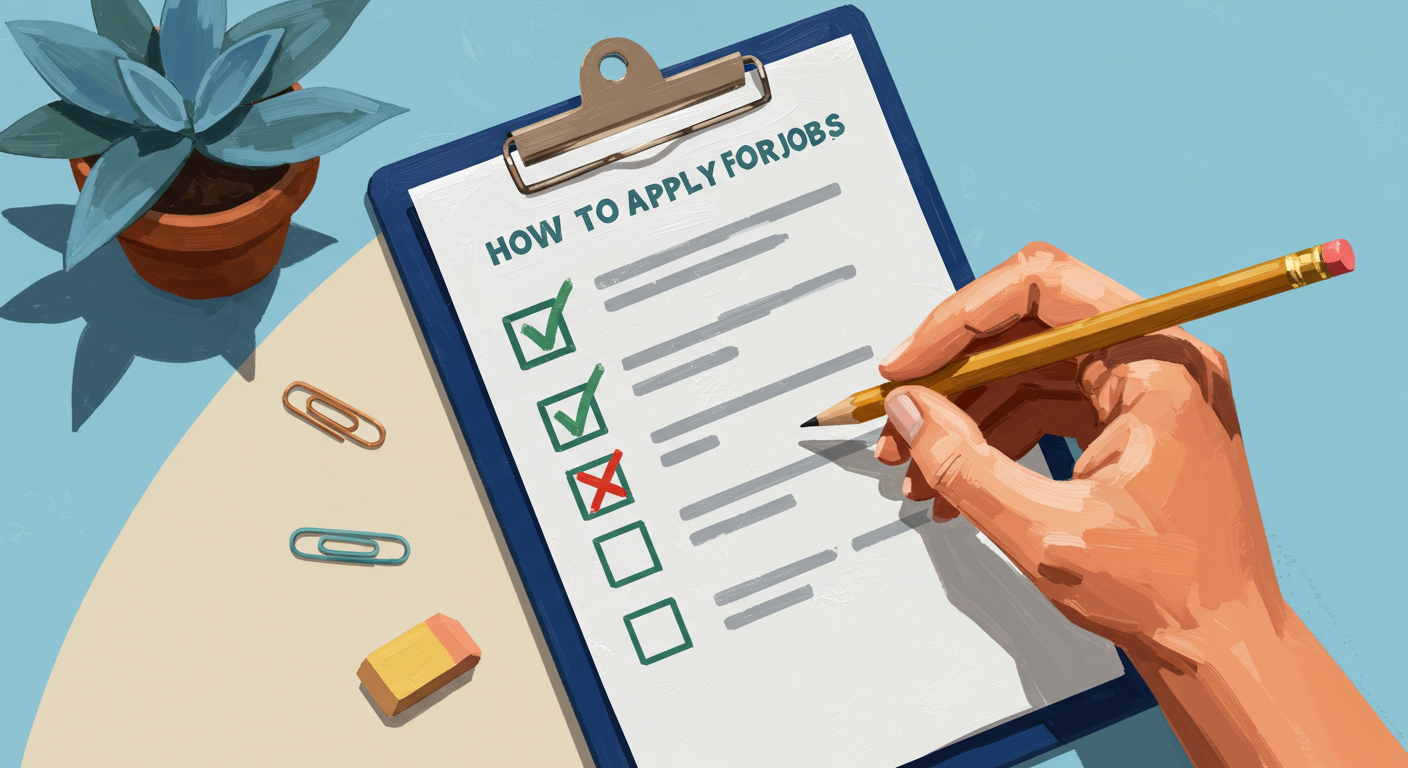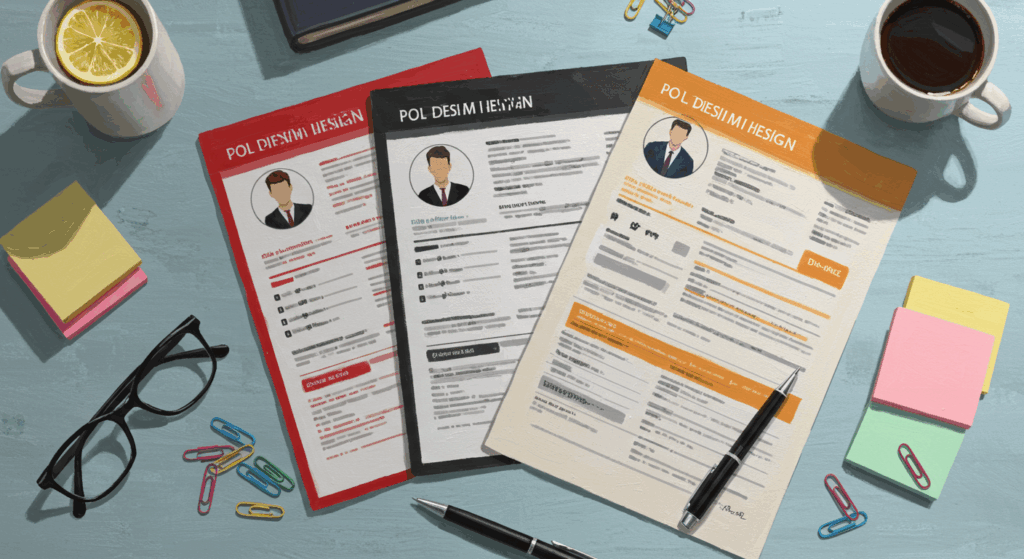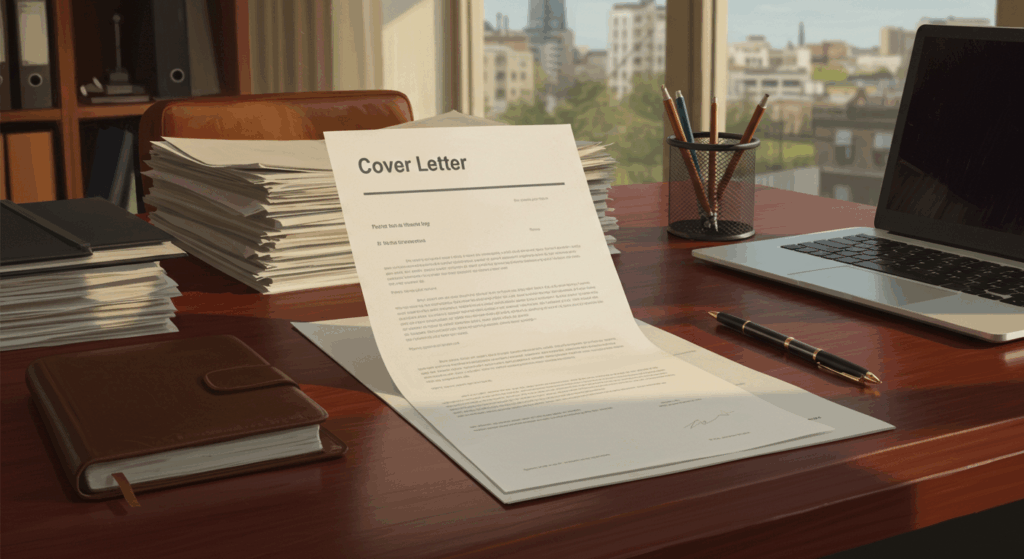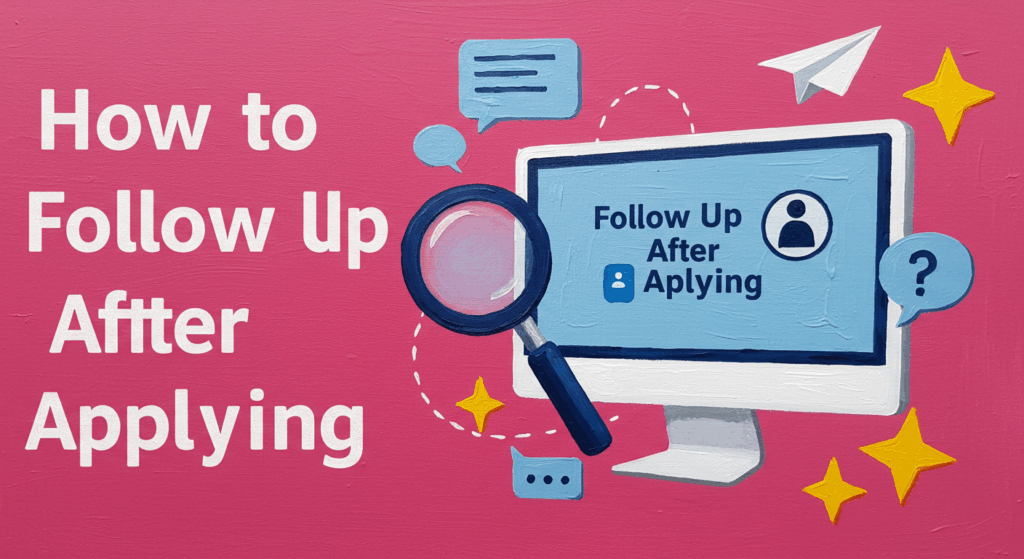Job hunting is tough. Like, really tough. We’ve all been there, refreshing job boards at 2 AM, wondering if we’re even doing this right. The good news? You’re not alone in feeling overwhelmed by the whole process.
I’ve watched friends navigate this maze, and honestly, the ones who succeed aren’t necessarily the most qualified – they’re the ones who understand the game. So let’s break it down, step by step, without the corporate fluff you usually get.
Getting Your Head in the Right Space First
Before we dive into the technical stuff, can we talk about mindset for a secnd? Because here’s the thing – applying for jobs is basically a numbers game mixed with strategy. You’re going to get rejected. A lot. And that’s totally normal.
The old “spray-and-pray” approach doesn’t work anymore. Companies have gotten smarter about filtering applications, so we need to be smarter too.
Step 1 – Know What You Actually Want (And Be Honest About It)
This might sound obvious, but you’d be surprised how many people skip this step. Before you start firing off applications, take a breath and really think about what you’re looking for.
Do Some Soul Searching
Ask yourself these questions (and actually answer them – don’t just skim through):
- What kind of work environment makes you thrive?
- Are you looking for growth opportunities or stability?
- What’s your deal-breaker salary range? (Be realistic here)
- Do you want to work remotely, in-office, or hybrid?
I know it feels like you should just take whatever you can get, but trust me on this – having clarity makes everything else easier. Understanding your skills, interests, and values is crucial for navigating the modern job market.
Research the Market Reality
Here’s where most people mess up – they apply for jobs without understanding what’s actually out there. Spend some time on LinkedIn, Indeed, or Glassdoor just browsing. What are companies actually looking for? What skills keep showing up in job descriptions?
Step 2 – Get Your Application Materials Together (The Right Way)
Okay, let’s talk about the stuff everyone thinks they know how to do but actually don’t – resumes and cover letters.
Your Resume Isn’t Your Life Story
Your resume should be a highlight reel, not a memoir. One or two pages max. And please, for the love of all that’s good, tailor it to each job. I know that sounds exhausting, but looking for positions that match your skills, expertise, and career goals means actually showing how your experience connects to what they need.
Here’s what actually matters:
- Clear, specific job titles
- Quantified achievements (numbers, percentages, dollar amounts)
- Keywords from the job description (but don’t go overboard)
- Recent, relevant experience first
Cover Letters That Don’t Suck
Real thing? A cover letter should be around 300 words and should not simply repeat what your resume says. Most cover letters are boring because they’re too formal and generic.
Writ like you’re explaining to a friend why you’d be perfect for this job. What problem does this company have that you can solve? Why are you excited about this specific role, not just any job?
Don’t start with “I am writing to apply for…” – everyone does that. Start with something that shows you actually researched the company or role.
Step 3 – Research Like Your Job Depends On It (Because It Does)
This is where you separate yourself from 90% of other applicants. Most people apply without knowing anything about the company beyond what’s in the job posting. Don’t be most people.
Deep Dive Into the Company
Research the company’s history, values, mission, team, and reputation by checking their “About” page and searching for recent news. But go beyond that:
- Check their social media – what are they posting about?
- Look up recent press releases or news mentions
- Find employees on LinkedIn and see what they’re saying about working there
- Read Glassdoor reviews (but take them with a grain of salt)
You know what’s golden? Finding a connection between your values and theirs, or discovering a recent company initiative that excites you. That’s cover letter gold right there.
Understand the Role Beyond the Job Description
Job descriptions are usually written by HR and can be pretty generic. Try to figure out what this person would actually be doing day-to-day. Look for similar roles at other companies. Check LinkedIn to see what people with similar titles post about.
Step 4 – Apply Strategically (Not Desperately)
Here’s where patience becomes your superpower. Instead of that spray-and-pray approach, focus on smart applications – be strategic and thoughtful with every application you submit.
Quality Over Quantity Every Time
I’d rather see you apply to 5 jobs really well than 50 jobs poorly. For each application:
- Customize your resume for that specific role
- Write a genuine cover letter that shows you understand their needs
- Follow their application instructions exactly (seriously, if they ask for a PDF, don’t send a Word doc)
Timing Matters More Than You Think
Apply early in the week, early in the posting cycle if possible. Companies often get flooded with applications, and yours might get lost in the pile if you wait too long.
Also, don’t be afraid to follow up – but do it professionally and not too frequently. One polite email a week or two after applying is perfectly acceptable.
Step 5 – Network Without Being Weird About It
Networking has this reputation for being fake and uncomfortable, but it doesn’t have to be. The best networking happens when you’re genuinely interested in learning from others.
Start With People You Already Know
Before you start cold-messaging strangers on LinkedIn, reach out to friends, family, former colleagues, classmates – anyone who might have insights into your target industry or companies.
Don’t ask for jobs directly. Ask for advice, insights, or introductions. “Hey, I’m exploring opportunities in [industry/company]. Do you know anyone there I could chat with for a few minutes?”
LinkedIn Is Your Friend (If You Use It Right)
Your LinkedIn profile should be like a friendly, professional version of yourself. Post occasionally about industry topics that interest you. Comment thoughtfully on others’ posts.
When you do reach out to new connections, personalize your message. Mention something specific about their background or recent post. And always offer value – maybe you can share an article they’d find interesting or make an introduction for them.
Step 6 – Prepare for Interviews Like You Mean It
Getting the interview is just the beginning. Now you need to actually nail it.
Practice Your Stories (But Don’t Sound Rehearsed)
Prepare specific examples of your accomplishments using the STAR method (Situation, Task, Action, Result). But practice telling them like stories, not like you’re reciting a script.
Have examples ready for common questions:
- Tell me about yourself
- Why do you want to work here?
- Describe a challenge you overcame
- Where do you see yourself in five years?
Prepare Smart Questions
The questions you ask matter as much as how you answer theirs. Ask about:
- What success looks like in this role
- Biggest challenges the team is facing
- Company culture and growth plans
- Next steps in the process
Avoid asking about salary or benefits in the first interview unless they bring it up.
Step 7 – Follow Up Like a Pro
After the interview, send a thank-you email within 24 hours. Keep it brief but specific – mention something you discussed and reiterate your interest.
If they said they’d get back to you in a week, wait a week and a day before following up. Be polite but persistent. Sometimes the squeaky wheel really does get the grease.
The Real Talk About Rejection
Here’s something nobody tells you – rejection is part of the process, not a reflection of your worth. Even the most qualified candidates get rejected for reasons that have nothing to do with them.
Maybe they decided to promote internally. Maybe the hiring manager’s nephew needed a job. Maybe they’re just not ready to hire yet. You’ll never know, and that’s okay.
Keep a spreadsheet of your applications so you can track what’s working and what isn’t. Learn from each experience, but don’t take it personally.
Wrapping This Up
Look, I’m not going to lie to you – job hunting is exhausting. The job market in 2025 is dynamic and competitive, but with the right mix of strategies, you can navigate it successfully. The key is being strategic, authentic, and persistent without being annoying.
Remember, you only need one yes. Just one company that sees your value and thinks you’d be a great fit. All those other rejections? They’re just getting you closer to that one yes.
Take care of yourself during this process. Set boundaries, celebrate small wins, and remember that finding the right job is a marathon, not a sprint. You’ve got this – even when it doesn’t feel like it.
The right opportunity is out there. Sometimes it just takes a little longer to find each other.









